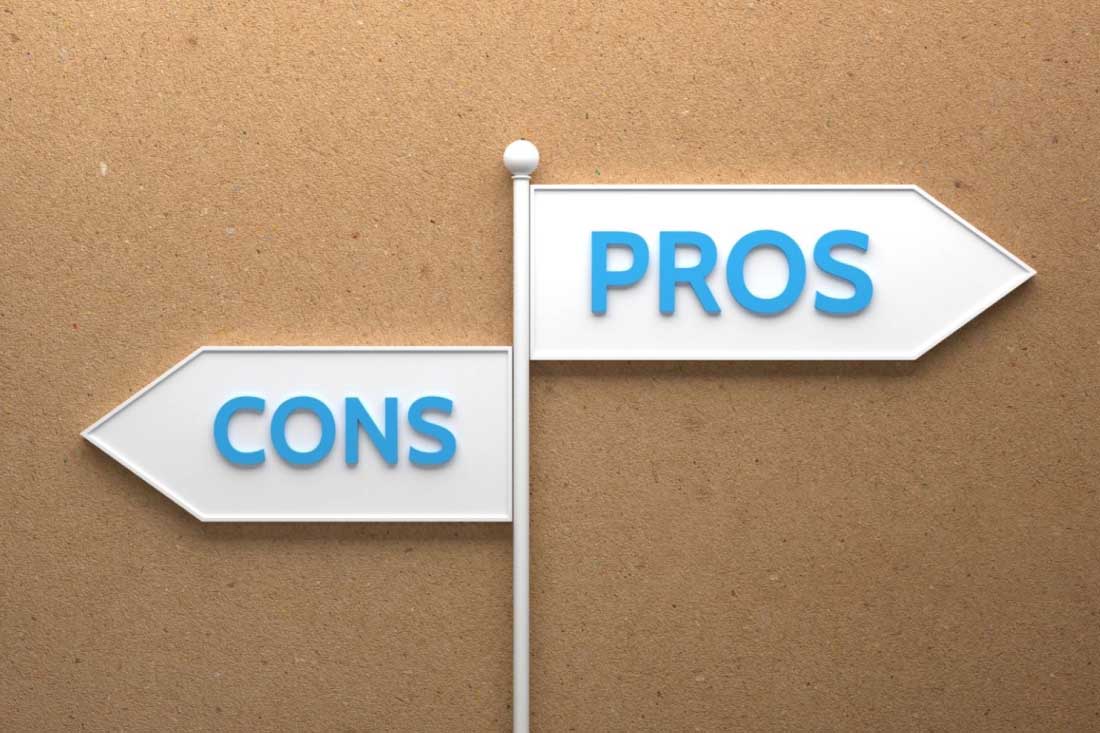Have you ever kept a detailed log of your workday? Not just a list of to-do’s and tasks, but a thorough record of all work activities? If so, this is what you probably discovered:
On an average workday, most employees are productive for two hours and 53 minutes.
Yes, you read that right. Most of us are productive for less than three hours. So what happens the rest of the time? And is there anything you can do to change it? To answer this question, you need to first take a look at what it really means to be productive at work.
What is productivity in business?
At its core, business productivity is a simple comparison: How much can an employee, team or organization achieve compared to how many resources — such as time and technology — is required.
This simple output-per-unit-of-input equation can tell you a lot about what your business is capable of and where you’re headed next. For a manufacturing company, that might involve looking at labor productivity to see how many units are produced in a given time. If you work in the knowledge industry, managers can evaluate personal productivity to understand how people spend their time and when they’re most efficient.
No matter which type of productivity you’re looking at, the outcome is the same:
Productivity is one of the best ways for any business to gain a major competitive edge. Studies have long shown that companies with highly engaged, productive employees experience higher profits and better retention. And since they produce more with fewer resources, highly productive companies tend to have lower operational expenses, too.
How do you measure business productivity?
If you want to increase productivity at your organization, you first have to measure it. You can do this by using a simple calculation:
Total output / total input = employee productivity
What you use for “input” and “output” will depend on your industry, company size and work culture.
Inputs are any resources used to provide services, create goods or reach milestones. Examples of inputs include:
- Labor
- Materials
- Software
- Equipment
- Hours worked
Output is the quantity of goods, services, net sales or accomplishments produced in a specific time frame. These can be calculated monthly, quarterly or yearly. Examples of output include:
- Customers served
- Products produced
- Revenue generated
- Tasks completed
- Objectives achieved
If you’re new to the process, that last bullet is a good place to start. While you can’t measure every aspect impacting productivity at your organization, you can reveal a lot simply by looking at employee performance. This one area can have a huge impact on profits. And with today’s workforce analytics tools, it’s relatively easy to measure.
You can use simple dashboards to see how people spend their time, where they work best and more. Are constant pings pulling people away from important tasks? Are biweekly meetings eating up too much time? Are employees more productive when they work from home or go to the office? Workforce analytics will tell you.
What you measure will depend on what’s important to your team or organization. For some, it might involve actual labor or the amount of goods and services produced. For others, the number of hours worked might be far less important than the amount of time spent in a state of flow without the distraction of Slack or Microsoft Teams pings. Productivity can also be measured by looking at net sales, defect rates, customer satisfaction scores, on-time deliveries…and the list goes on.
Whether you use simple calculations or robust analytics, the important thing to remember is this: Before implementing any strategies to improve productivity, you need to assess current levels. The exact type of productivity you measure will be influenced by your people and industry, but the important thing is that you’re tracking it.
What types of productivity should you consider?
From employees to entire teams or organizations, there are plenty of ways to measure productivity in business. Some of the most common have historically involved labor and capital. But with recent developments in workforce analytics, many organizations are also discovering new ways to measure productivity as a way to help people do their best work.
Here are three essential types of productivity to consider measuring:
Labor productivity looks at how much a business produces for every hour worked. This type of productivity is often used by companies that want to get as much as possible out of workers. It focuses on how much an employee produces compared to what they’re paid to perform the job. However, it doesn’t factor in variables like distractions or overutilization that can affect output.
Capital productivity looks at how well physical capital is used to create goods or provide services. It might involve the office equipment a company uses to support its call center, or the extra warehouse supplies used during peak selling seasons. It looks specifically at tangible investments and how well they support desired outcomes.
Personal productivity looks at how well an individual is reaching their full potential at work. Instead of looking at time sheets or materials, this type of productivity is measured by key performance indicators (KPIs) and business results. It factors in issues that make it harder — or easier — for people to achieve their goals. Productivity drivers like time management, technology usage, focus time, collaboration and multi-tasking are all factored in.
Strategies to improve business productivity
The good news? Improving productivity doesn’t have to be hard, and it doesn’t have to cost a lot of money. There are several approaches organizations can take to increase productivity without spending too much money.
1. Use technology to automate workflows
According to one recent survey, more than 40% of employees spend at least a quarter of their work week on manual, repetitive tasks. In another, 90% of organizations say that repetition contributes to low morale and attrition.
By using technology to automate tasks previously done manually, you can free people to focus on bigger priorities. Which means your organization can produce more in less time and with fewer resources.
Better yet, look for opportunities to eliminate tasks altogether. If you analyze existing workflows and notice areas that are inefficient or don’t add value, consider getting rid of them. This one move alone can not only help increase output, but improve employee satisfaction, too. Taking simple steps to optimize workflows can help people feel supported, rewarded and motivated — all of which leads to measurably higher levels of engagement and personal productivity.
2. Give people more flexibility
Of all the benefits companies can offer, this one tops them all. More than 60% of surveyed employees say flexibility to work when and how they want would make them feel more empowered. Research also shows that remote employees are up to 40% more productive than in-office workers.
According to one productivity expert, eliminating morning commutes can also go a long way in driving productivity. Since people are most productive early in the day, employees allowed to work from home can devote more focused time to important projects instead of driving in the car, chatting over coffee or attending morning meetings.
If you’re still among the 85% of business leaders who worry about productivity among remote employees, there are plenty of software options to let you track benchmarks and goals.
3. Invest in professional development
An astounding 94% of workers would stay at a company longer if it simply invested in helping them learn. In fact, the lack of opportunities for advancement was cited as a top reason people left their jobs during the Great Resignation.
If you haven’t done much in the realm of training and development programs for your employees, now’s the time to start. By investing in the right resources, organizations can ensure employees are equipped with the skills and knowledge they need for success. Invite people to attend workshops and seminars, provide access to mission-critical resources and make sure all team members are well-versed in daily technology and tools.
Taking these productivity measures now can have a huge impact on your business long term. By measuring your current productivity levels and developing strategies for improvement, you can quickly achieve all kinds of enviable results.
Looking for a way to analyze your organization’s productivity? ActivTrak’s Productivity Coaching can help you do just that. Use it to fine-tune workload balance, increase focus time, reduce the risk of burnout and more. Measuring and evaluating workforce analytics is one of the most effective ways to boost productivity again…and again…and again.





